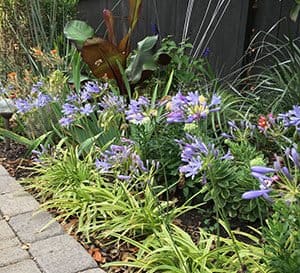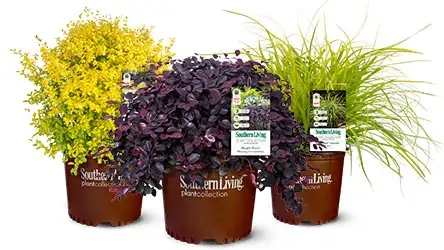By Kim Toscano
With stunning, exotic-looking flowers, it is hard not to love Agapanthus. Blooming in purple, blue, white, or a lovely combination of those hues, Agapanthus explode with color in the summer garden. They are also tough plants. Here are a few of their charming traits.
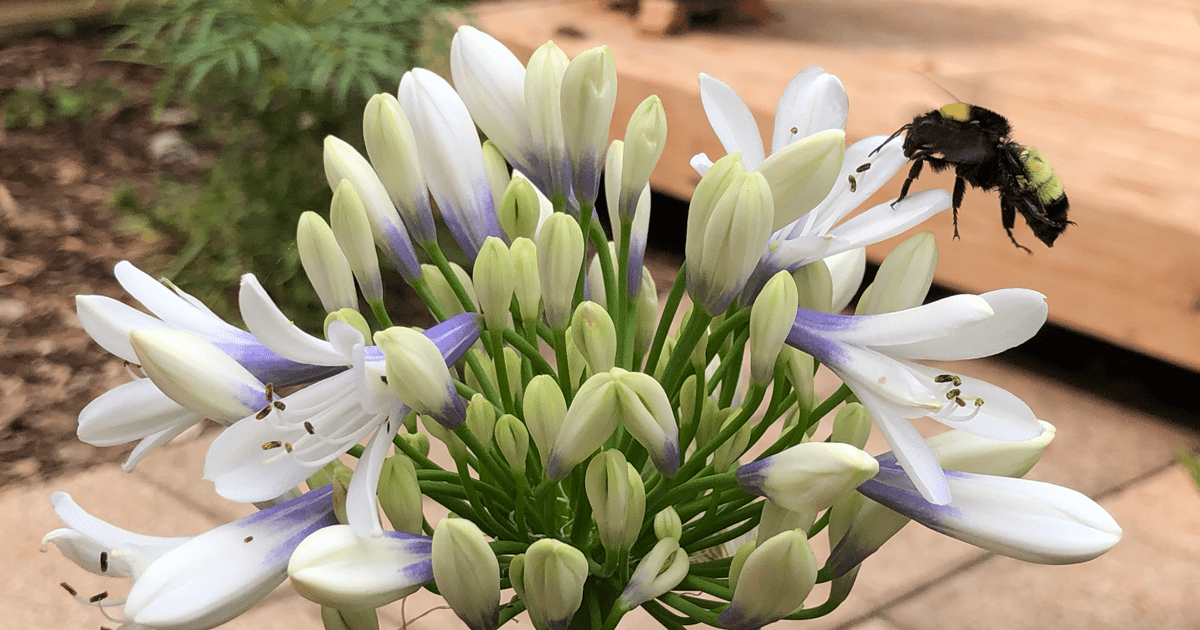
1. Bees Love Agapanthus!
Each spherical flower head contains up to one hundred tubular flowers providing nectar to hungry bumblebees, honeybees, and other pollinators.
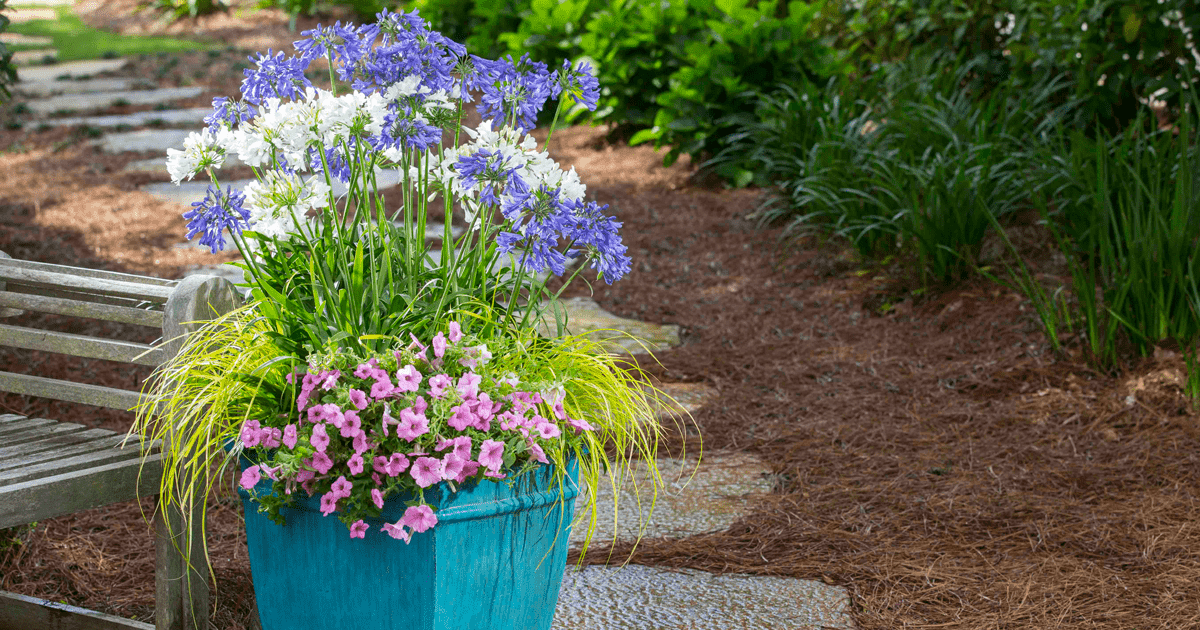
2. Fabulous Container Plants
Agapanthus is a star performer in large containers and adds plenty of drama to the patio. Plants flower well in containers as they like their roots a bit crowded. In regions with cold winters, growing Agapanthus in containers makes it easy to store the plants indoors over the winter.
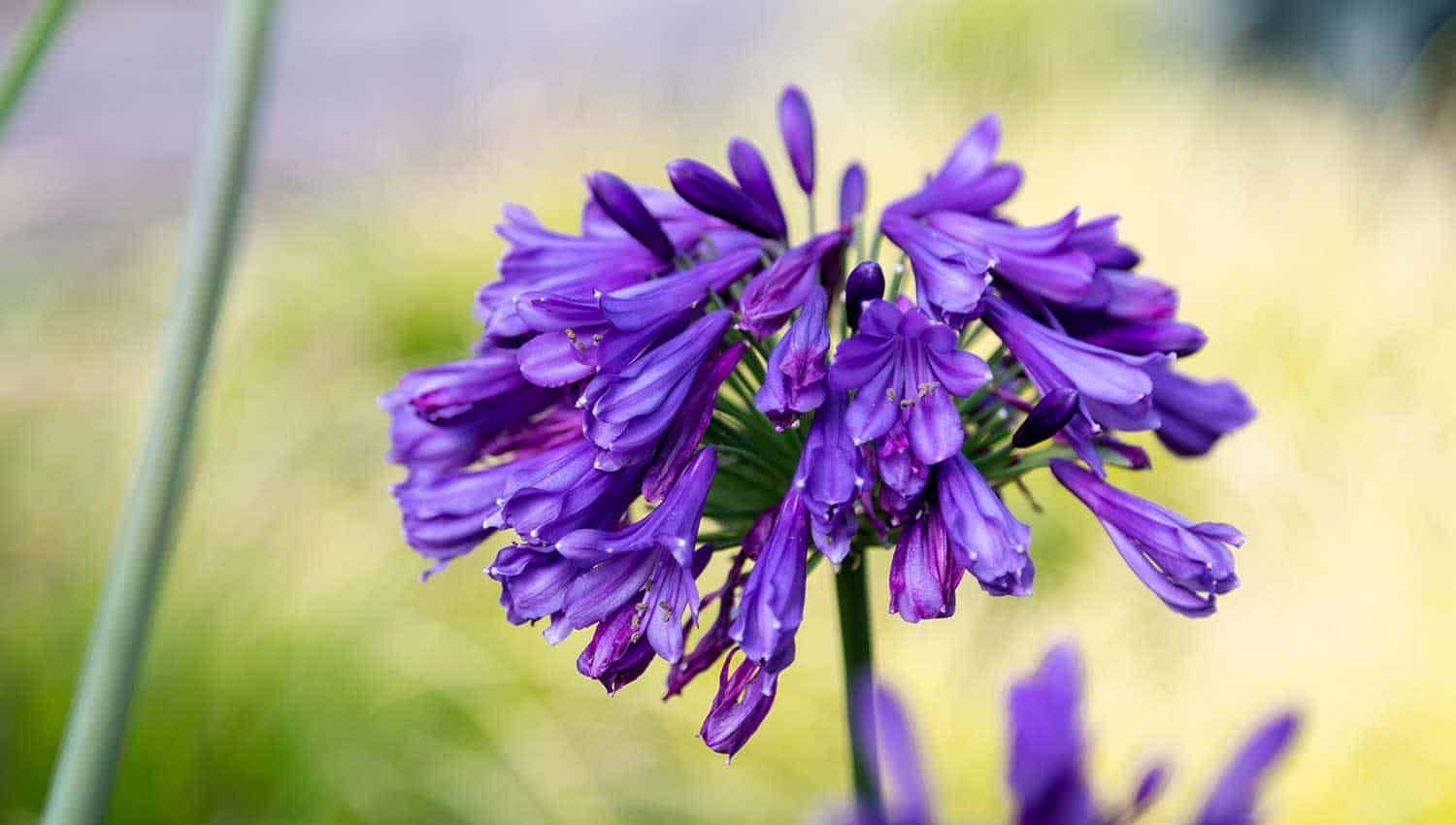
3. Gorgeous Cut Flowers
With thick, sturdy stems, Agapanthus make excellent cut flowers. The stems provide a strong vertical element to floral designs, while the flowers themselves are open and airy. Gather stems, cutting near the base, when several flowers in the cluster have opened. The remaining closed buds will open indoors in the vase.
4. Heat and Drought Tolerant
Beautiful and rugged? Yes and yes. Native to South Africa, Agapanthus stands up to hot, humid Southern summers while also tolerating periods of drought once established. Avoid over-watering, as Agapanthus don’t like their feet wet.
5. Bloom After Bloom
Southern Living Agapanthus varieties are selected for repeat blooming to offer months of color in the garden. Cut spent flowers to encourage fresh spikes of color.
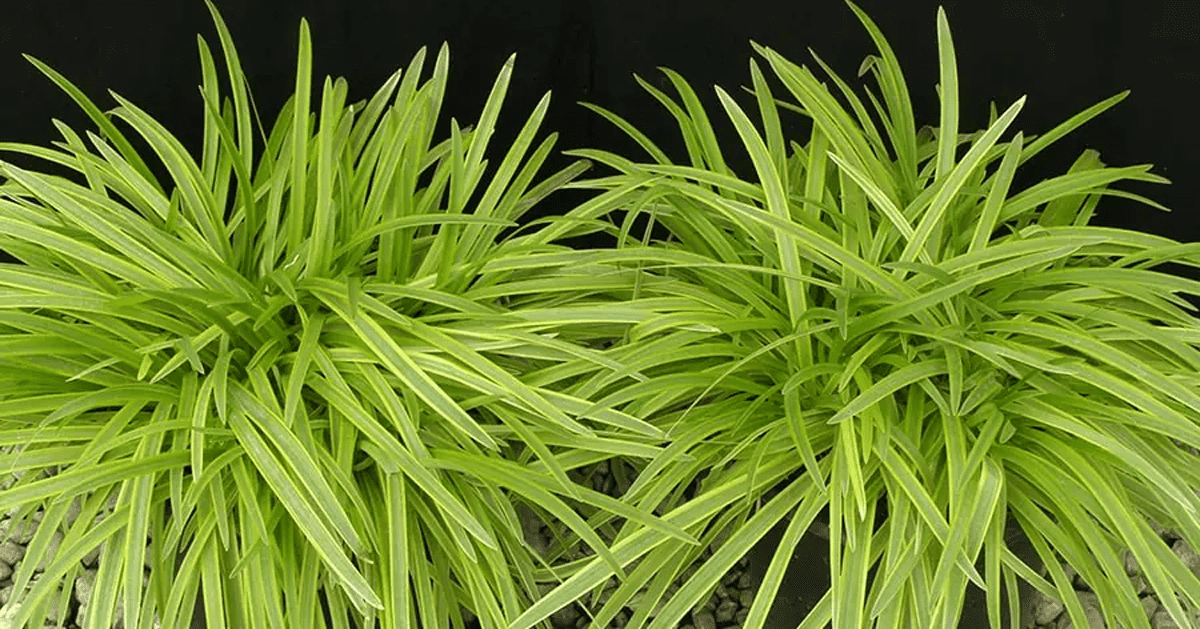
6. Evergreen Foliage
Many Agapanthus varieties have evergreen foliage, providing lasting color in the winter garden. The thick, strappy leaves add texture to plantings, while variegated varieties like ‘Golden Drop’ and ‘Neverland’ Agapanthus offer unique color.
7. Low Maintenance
These easy-to-grow darlings are pest- and disease-free – with clean foliage that shines on and on.
8. Easy to Overwinter
In southern gardens, Agapanthus can be left in the ground year-round, but in colder regions plants need to be stored indoors over the winter. Evergreen varieties can be brought indoors and grown as houseplants, keeping soil on the drier side. For deciduous varieties grown in the ground, dig tubers before a hard freeze. Remove the soil and wrap tubers in newspaper for storage in a cool, dark place (above freezing). Deciduous Agapanthus varieties growing containers can be stored right in their container under similar conditions, keeping the soil dry over the winter.
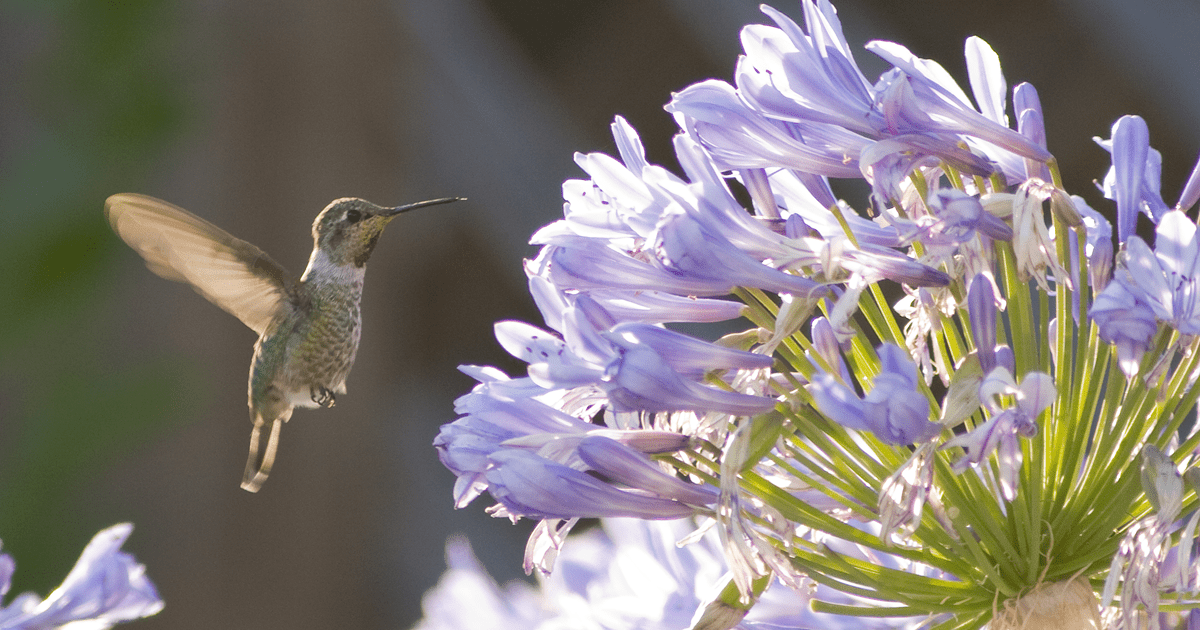
9. Hummingbird Heaven
The bell-shaped blooms of Agapanthus provide plenty of nectar for visiting hummingbirds to sip. You’ll also see butterflies visiting the blooms. Sounds like the perfect photo op!
10. Great for Coastal Gardens
It’s not easy to find plants that tolerate the unique conditions of coastal gardens. Agapanthus is a good choice as plants tolerate the salty sea air and windy conditions.

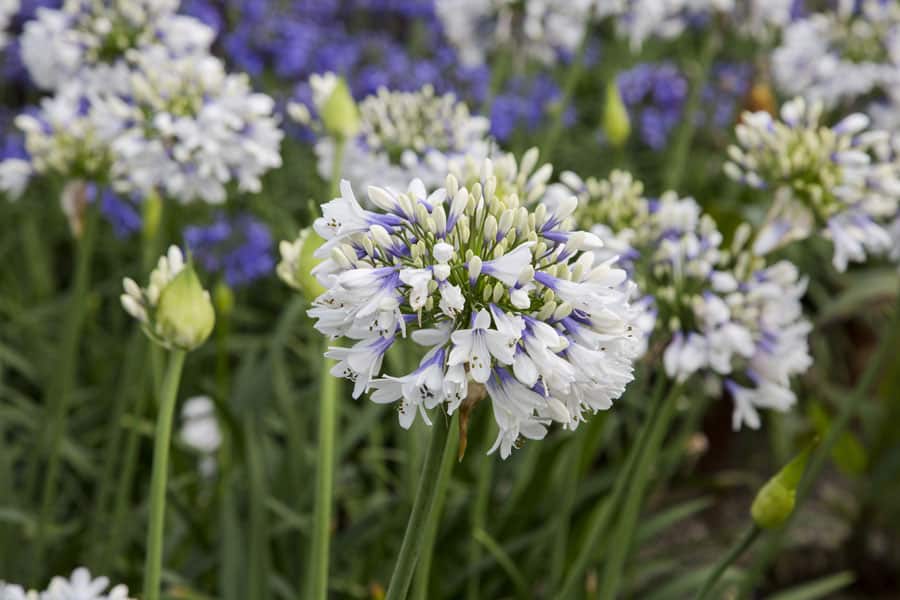




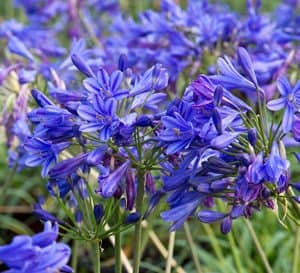
_300x273-300x273.jpg)
